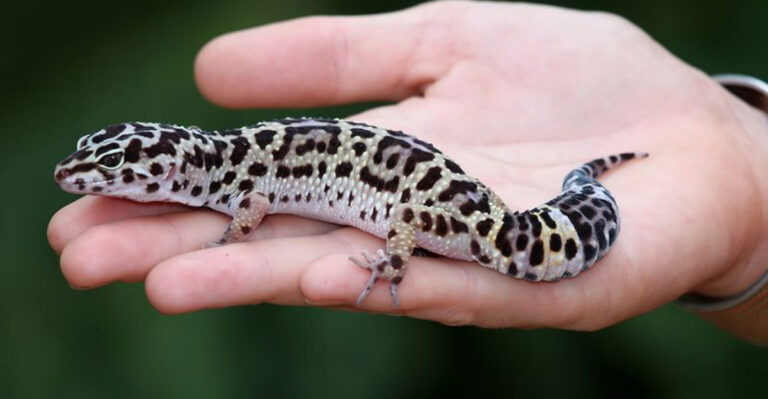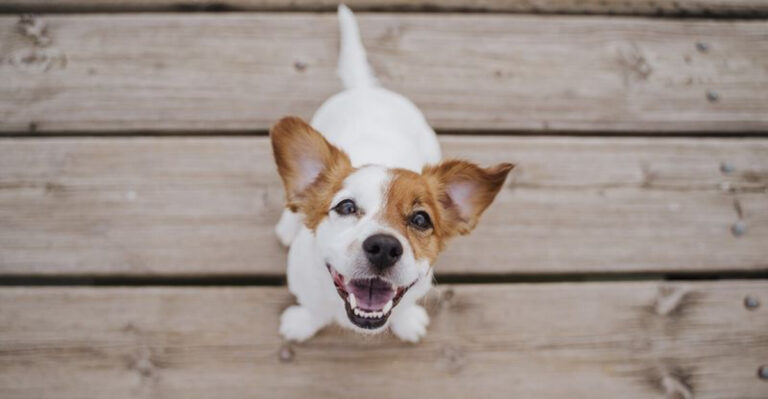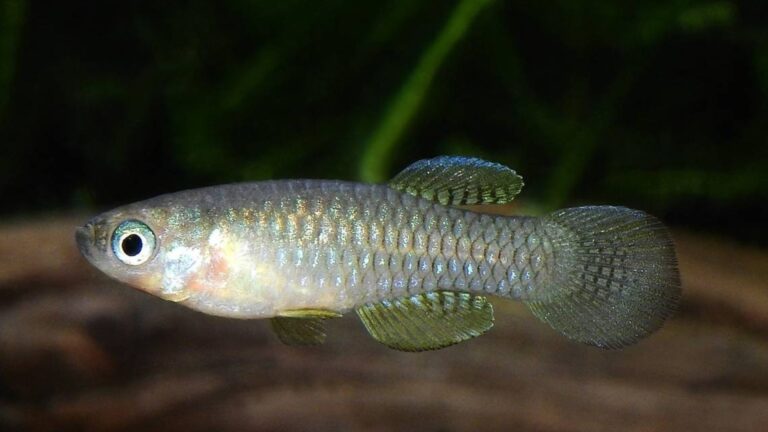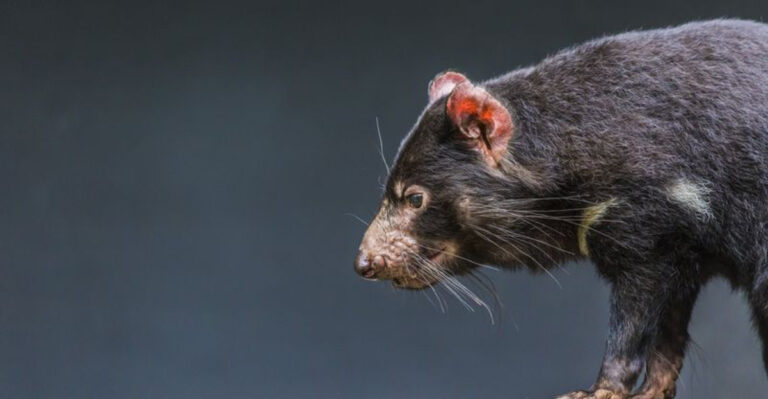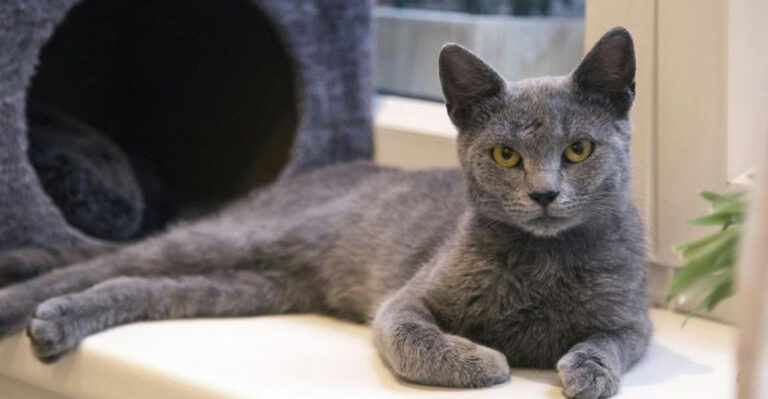15 Creatures You Won’t Believe Are So Much Like Horses
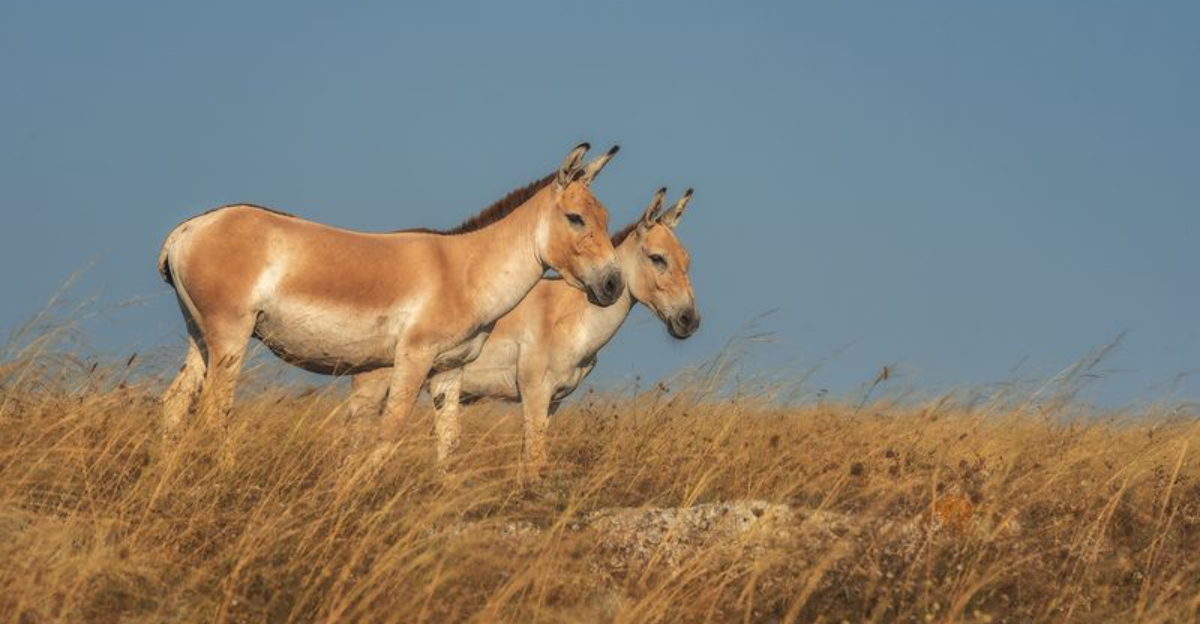
When you think of horse-like creatures, you might imagine unicorns or maybe even zebras. However, there’s a whole world of animals that share striking similarities with horses in ways you may not expect.
From their social behaviors to physical traits, these creatures are surprisingly equine. Let’s explore the unexpected members of this horse-like club!
1. Okapi
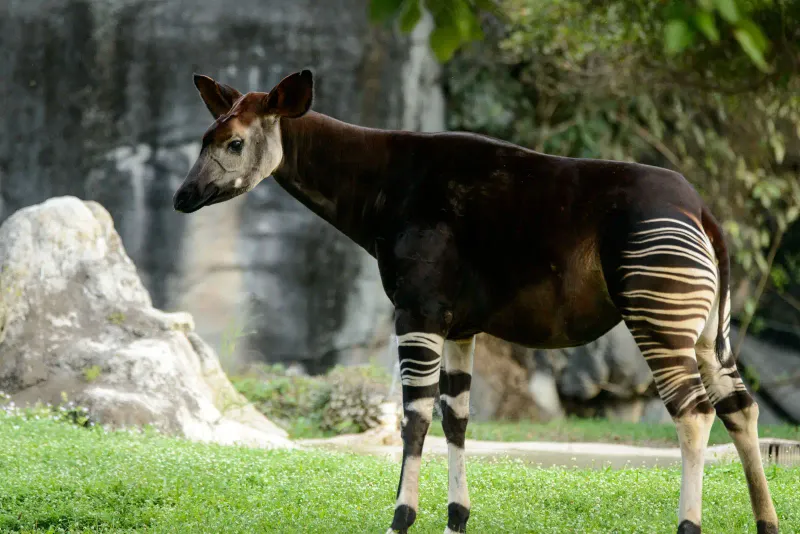
Ever heard of an animal that looks like it walked out of a forest fairy tale? The okapi, with its mysterious demeanor, does just that.
Residing deep in the Congo, it’s related to the giraffe but sports stripes reminiscent of zebras. Its gentle, browsing nature and graceful movements echo a horse’s elegance, yet it remains an enigma to many.
2. Tapir
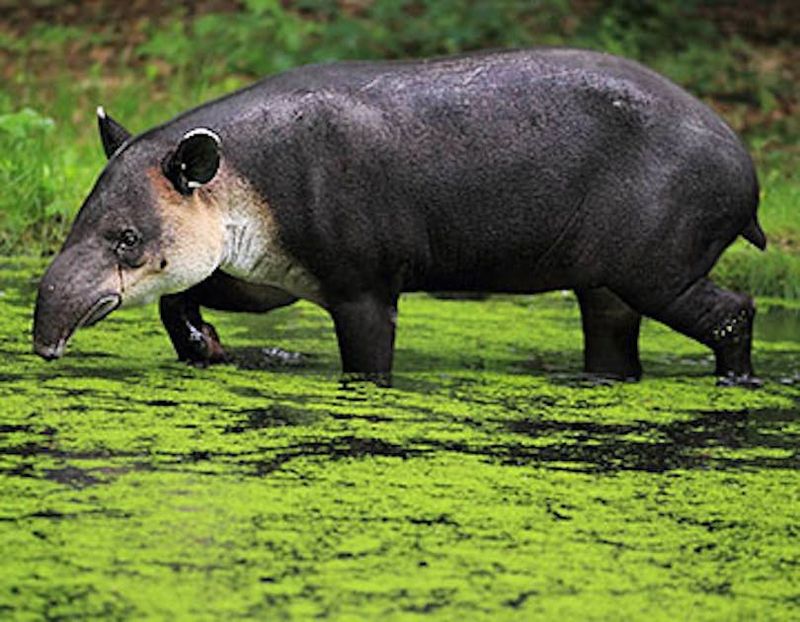
Think of an animal with a nose that’s as quirky as it is useful. Enter the tapir, a creature that combines the stockiness of a donkey with the grace of a horse.
Found in the jungles of Central and South America, tapirs use their snouts to forage and explore. Despite their odd appearance, their gentle foraging is quite horse-like.
3. Przewalski’s Horse
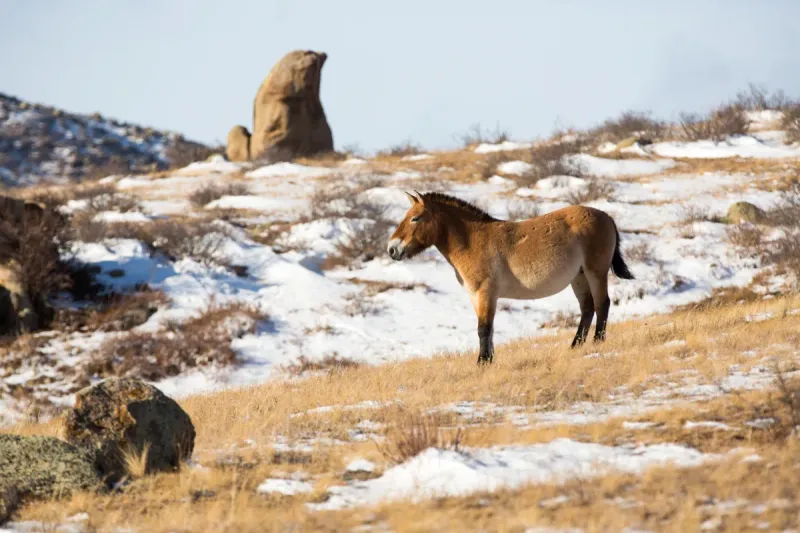
You might think horses are all domesticated, but meet the Przewalski’s horse, the last true wild horse. Roaming the vast steppes of Mongolia, they boast a robust build and a history as ancient as the land they tread.
These horses are living relics, showcasing a raw, untamed spirit that’s both captivating and rare.
4. Zebra
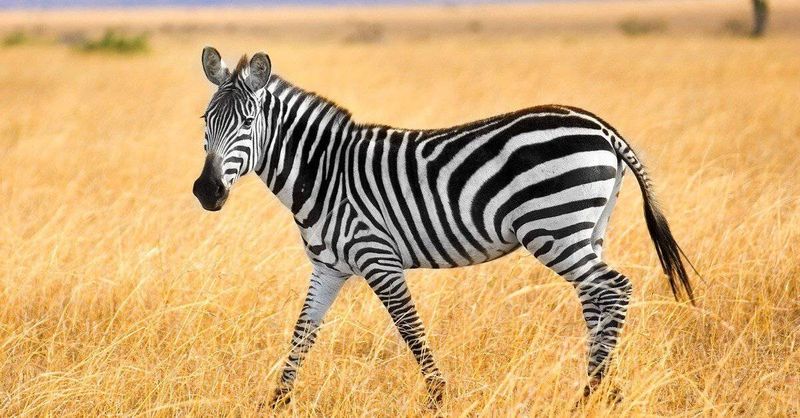
With their iconic stripes, zebras are the fashionistas of the animal world. But did you know they also share a complex social structure with horses?
Living in herds, they exhibit loyalty and familial bonds that rival those of their equine cousins. Their spirited nature and majestic gallop over the African plains are purely horse-like.
5. Narwhal
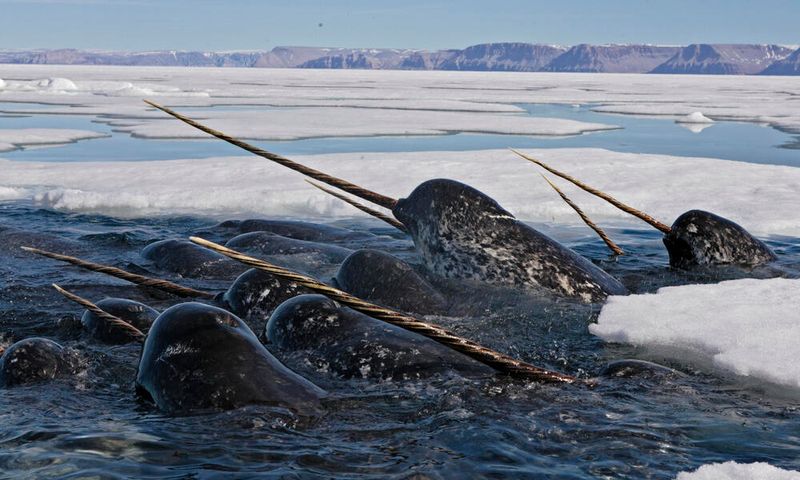
Imagine a unicorn of the sea, and you have the narwhal. With a tusk that evokes mythical imagery, these Arctic dwellers are like horses of the ocean depths.
Their sociable pods echo the camaraderie of horse herds. Gliding gracefully beneath the icy surface, their mysterious allure captivates as they navigate the world’s coldest waters.
6. Quagga
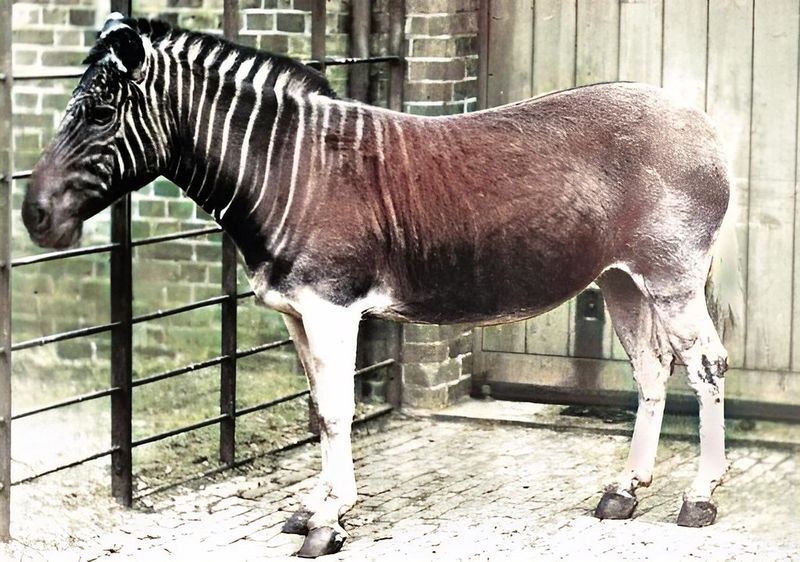
Once thought to be a mere myth, the quagga was a zebra subspecies with a horse-like twist. Its front bore stripes while the rear was solid, embodying a blend of zebra and horse aesthetics.
Though extinct, its spirit lives on through DNA studies aiming to revive its unique charm, a testament to the enduring allure of this equine oddity.
7. Donkey
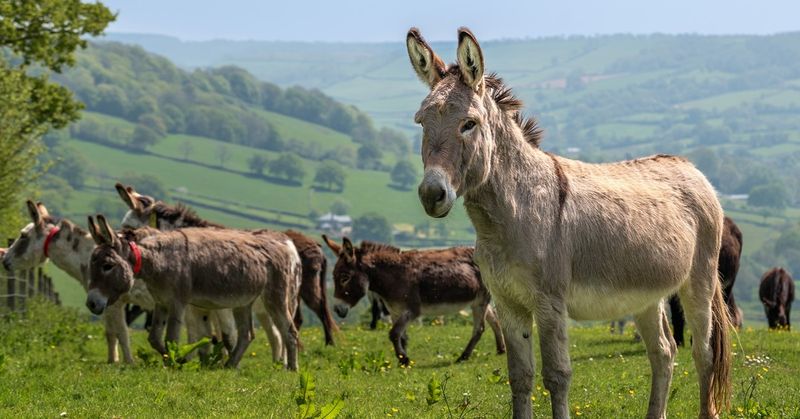
With a reputation for being strong and stubborn, donkeys have long supported human endeavors. Yet, beneath that rugged exterior lies a heart as big as a horse’s.
Their gentle nature and sure-footedness make them trusted companions on treacherous terrains. While they may not be flashy, their loyalty and endurance are undeniably horse-like.
8. Kiang
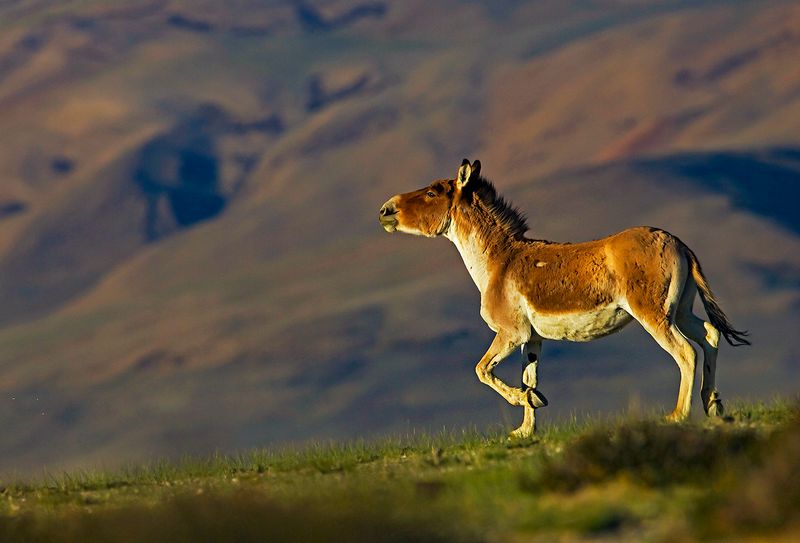
In the high altitudes of Tibet roams the kiang, a wild ass with an undeniable horse-like presence. Known for their strength and resilience, kiangs thrive where few can.
Their herding behavior and social dynamics mirror those of horses, creating bonds that withstand the harsh terrain. The kiang’s spirited gallop across the plateau is a sight to behold.
9. Giraffe
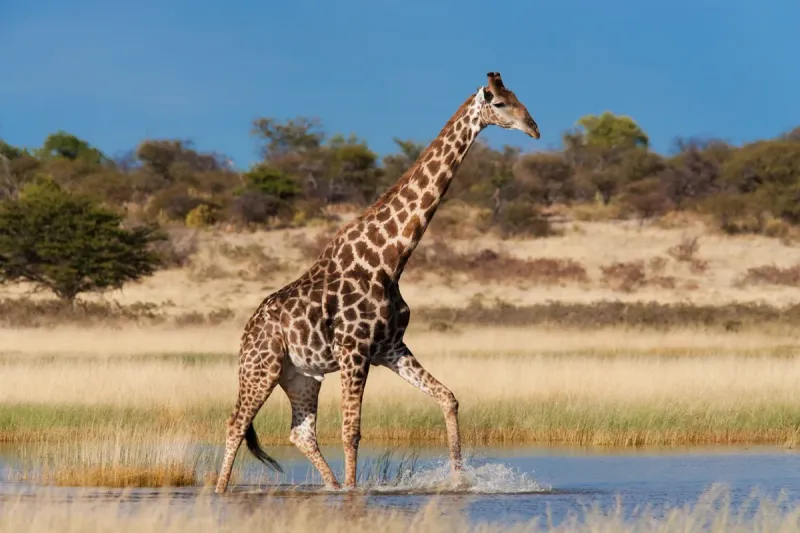
While they tower over most animals, giraffes share the long-legged elegance of a horse. Their slow-motion gallop and gentle demeanor are reminiscent of equine grace.
As they browse the treetops, their peaceful nature and social interactions reveal a horse-like quality that’s as surprising as it is enchanting.
10. Camel
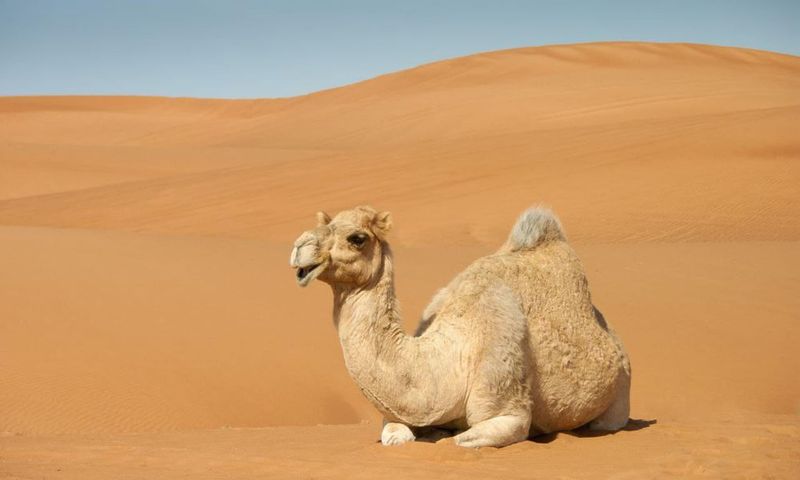
Often called the ‘ships of the desert,’ camels carry their burdens with a dignity akin to horses. Their endurance across arid landscapes and ability to form close-knit caravans reflect equine traits.
Despite their unique appearance, camels embody a spirit of resilience and cooperation, much like the loyal steeds of ancient travelers.
11. Onager
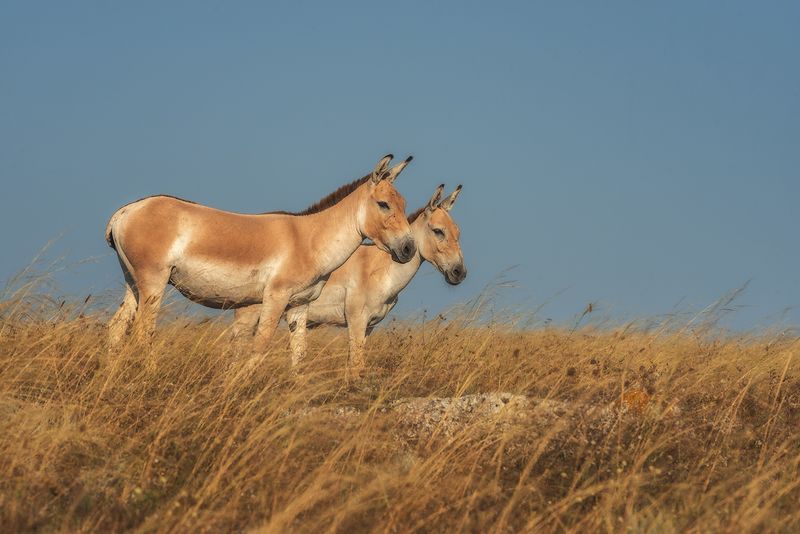
Meet the onager, a wild ass that races across Asia’s steppes with a speed comparable to horses. Their nimble legs and quick reflexes make them masters of the open plains.
Living in herds, they exhibit a social structure that provides protection and companionship, showcasing a horse-like community spirit that thrives in challenging environments.
12. Mule
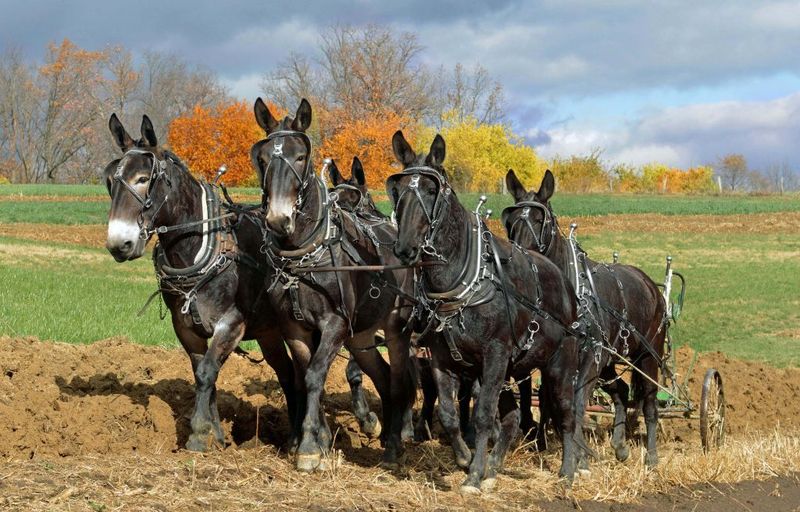
The best of both worlds, mules combine the strength of a horse with a donkey’s sure-footedness. These hybrids are renowned for their hardiness and intelligence.
Often found working alongside humans, their calm determination and adaptability make them invaluable partners. Though they can’t breed, their unique blend of traits ensures they stand out in the equine family.
13. Takin
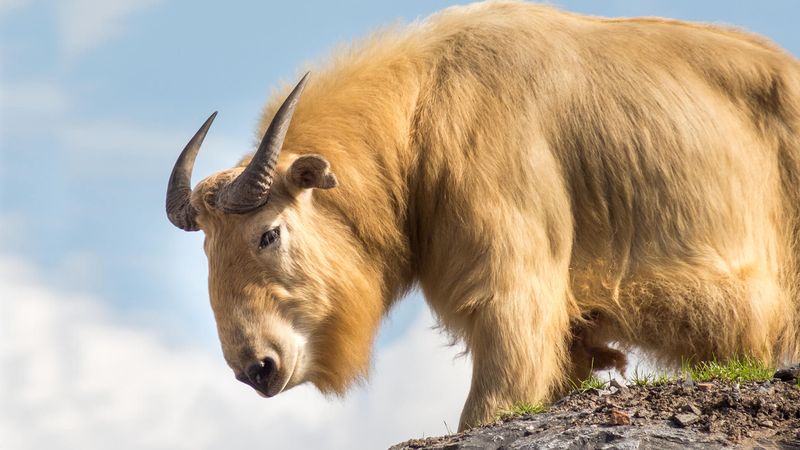
Ever seen a creature that looks like it was crafted by nature’s imagination? The takin, with its stocky body and goat-like face, surprises with horse-like attributes.
In the Himalayas, they navigate rugged terrains with the grace and tenacity of mountain ponies.
14. Saiga Antelope
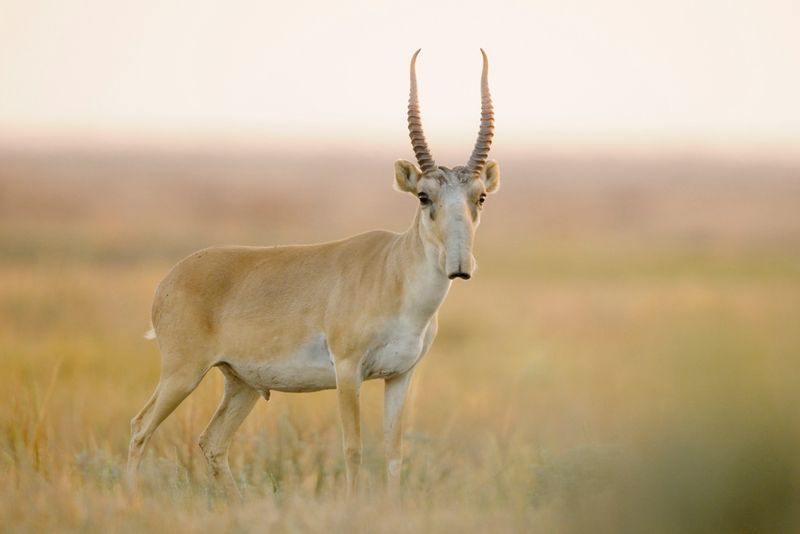
With a nose that seems straight out of a science fiction novel, the saiga antelope is a unique vision. Their migratory patterns and herd formations are reminiscent of wild horses galloping across open plains.
The resilience of these antelopes in harsh climates mirrors the hardiness of their equine counterparts, making them an unexpected member of this list.
15. Manatee
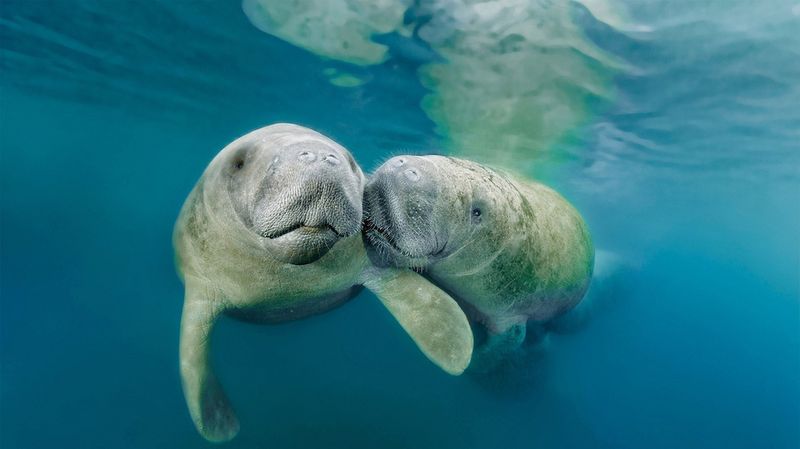
Picture a gentle giant of the water, and you have the manatee. Known as ‘sea cows,’ their slow, serene movements and social behavior parallel the tranquility of horses grazing a meadow.
Manatees, with their curious eyes and peaceful demeanor, embody a sense of calm that’s reminiscent of a lazy afternoon spent with a trusty equine friend.

